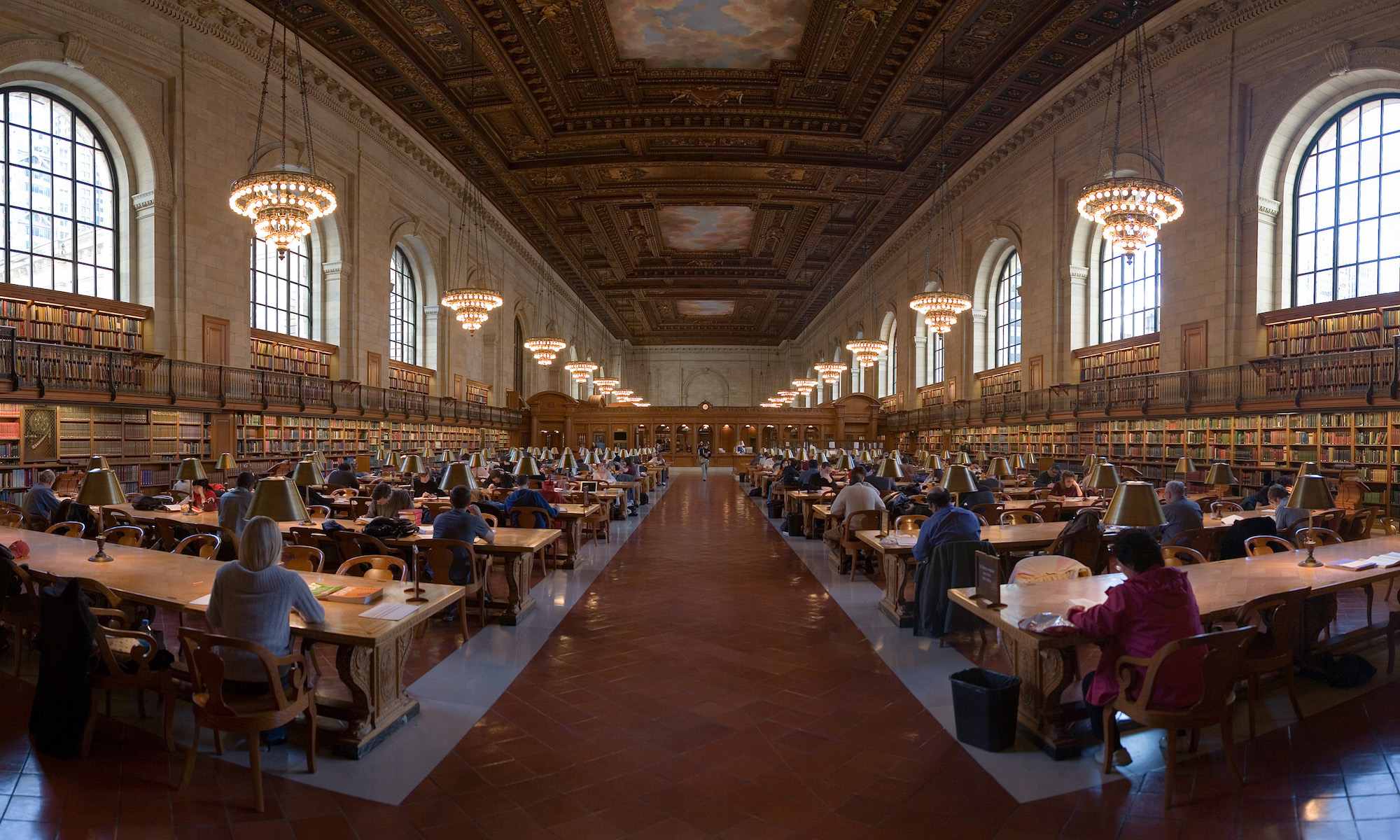Throughout both of Lewis Carroll’s works Alice’s Adventures in Wonderland and Through the Looking Glass, language conventions and linguistics are turned on their head. Commonplace words and phrases are used outside of their familiar meanings, sometimes so literally that attempting to find a figurative meaning can only leave the reader befuddled. One very unique instance where Carroll uses this technique is in Alice’s Adventures in Wonderland, in the fifth chapter entitled “Advice from a Caterpillar.” During Alice’s conversation with the Caterpillar, she is asked two very distinct questions. “Who are you?” and “Who are you?” The same three words, but two very different meanings. The first is exactly what it sounds like. Upon first noticing Alice, the Caterpillar asks her to introduce herself. She has difficulty coming up with an answer for his inquiry, though, having only just finished arguing with herself about whether or not she is really Alice or if she had somehow changed into another little girl. At this moment, her own identity is a mystery to her.
But what is interesting is the second posing of the question.
‘Well, perhaps your feelings may be different,’ said Alice; ‘all I know is, it would feel very queer to me.’
‘You!’ said the Caterpillar contemptuously. ‘Who are you?’
No longer is the Caterpillar asking Alice to identify herself. This question has a bitter edge to it that implies it asks more than a name; the words may have been “Who are you?” but the question was “Who do you think you are?” It is meant as a sarcastic comment, but it raises an interesting question.
Are who you are and who you think you are two different things? And if so, which is more important? Even as Alice stumbles along trying to figure out if she is Alice or Ada or Mabel, is she ever anything other than Alice? Does her belief that she must be someone else make it so? Facing the two questions by the Caterpillar, Alice does not answer either of them because she does not have the answers. She does, however, go on to explain that, out of everything, she would feel more herself if she could regain her old height. Although Alice is still Alice, she sees herself a certain way and finds her security in identity in that self-image. She is not Alice if she does not fit that image, so, at least for her, who she is and who she thinks she is are separate but dependent things. In this way, even if Alice is still Alice, who Alice thinks she is is what matters the most.
